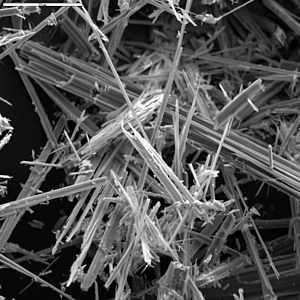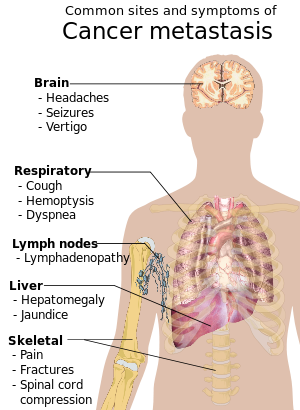
Nanotechnology has been around for thousands of years, says Nanofilm CEO Scott Rickert in an article for Virtual Strategy Magazine. He wonders how it got tagged as something new and unknown – and therefore, impliedly, worth being careful with.
Stating, as Mr. Rickert does, that nanoparticles have been around for four thousand years, and that humans have, for the most part completely unknowingly, been using nanotechnology for things like fighting bacteria, does not a defense make that using nanotechnology for any purpose is inherently and automatically safe.
After all, it’s well known that asbestos, which occurs naturally in pockets all over the world, has been being used by humans for thousands of years. Flame-proofing tablecloths was just one of the reasons ancient Romans used asbestos. And yet early history reports Roman slaves who worked with the material as sickening and dying of respiratory problems. Yet science didn’t make the definitive connection between asbestos fibers and deadly diseases of the lungs until the early 20th century.

When you consider it can take 20, 30 or even 50 years for the effects of asbestos fibers to result in killer diseases like mesothelioma, asbestosis and other cancers, it’s easy to see how companies that stand to make a mint from manufacturing such a material might be hesitant to publish any evidence that working with the material can eventually lead to disability and death.
It costs big money to put appropriate safety measures in place to protect workers from inhaling or ingesting the type of sub-microscopically tiny fibers that make up asbestos and nanotubes and fibers. And there’s plenty of evidence now that certain nanomaterials are indeed made up of the same-sized fibers as asbestos.
While no one wants to stop science from continuing to research what wonderful things we can do with nanomaterials, no one on the other hand needs to make a killing – financially or otherwise – by taking on such work and sacrificing workers’ health in order to make a bigger profit.















